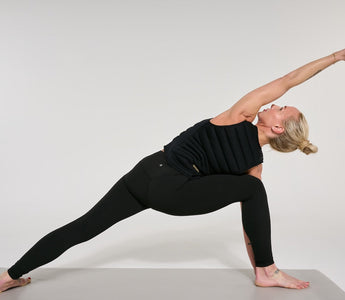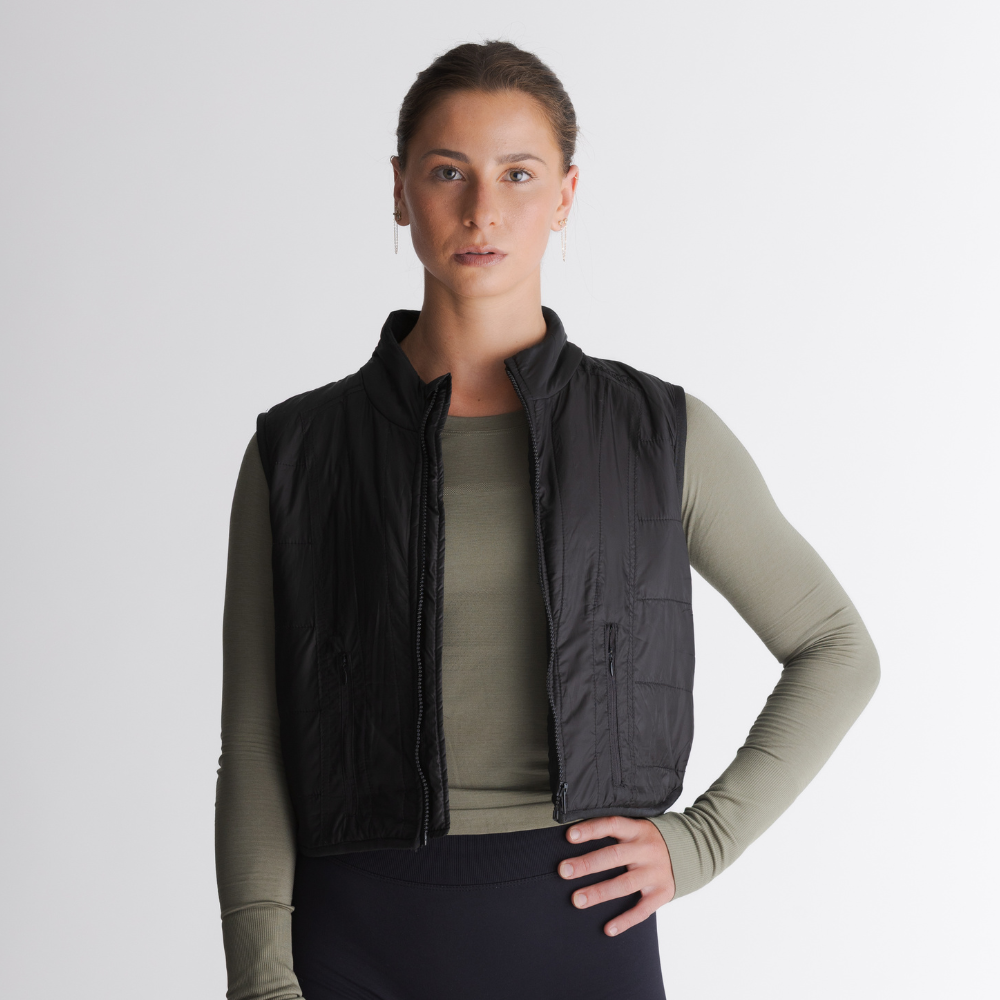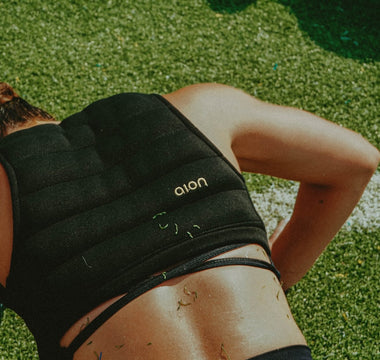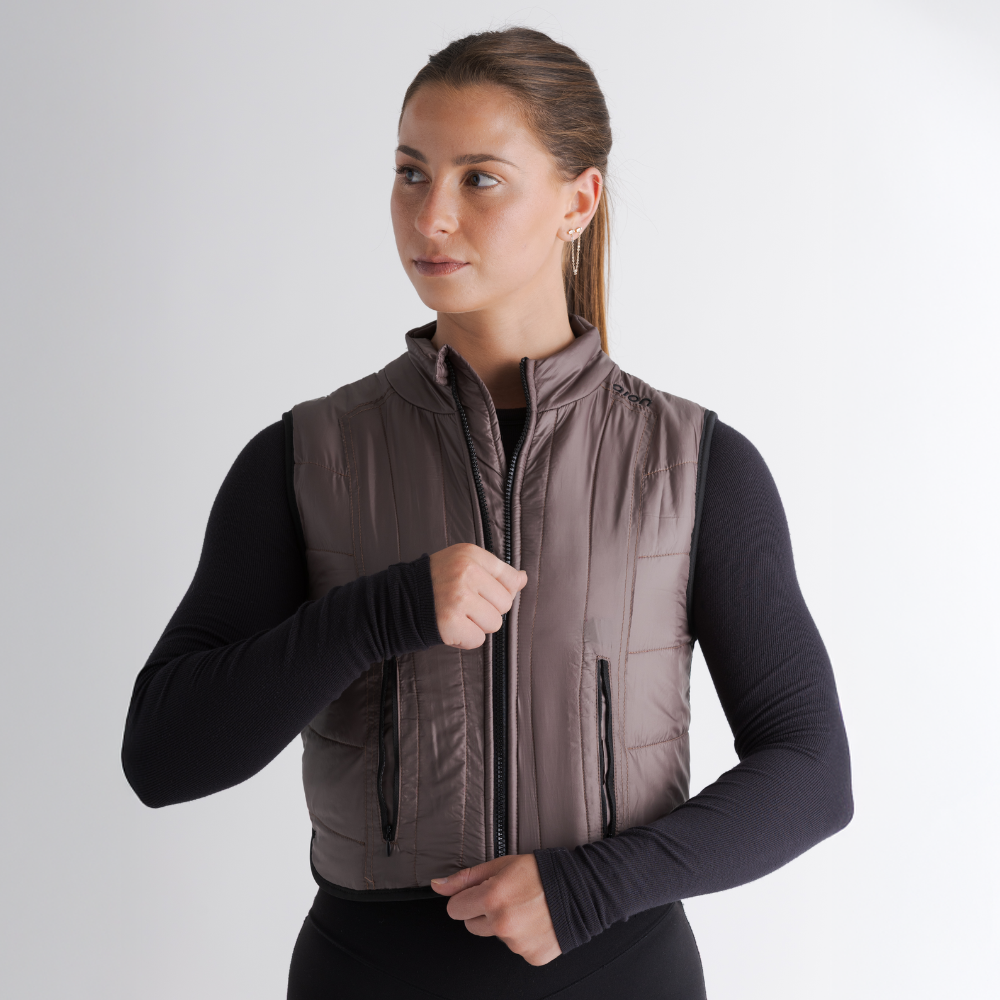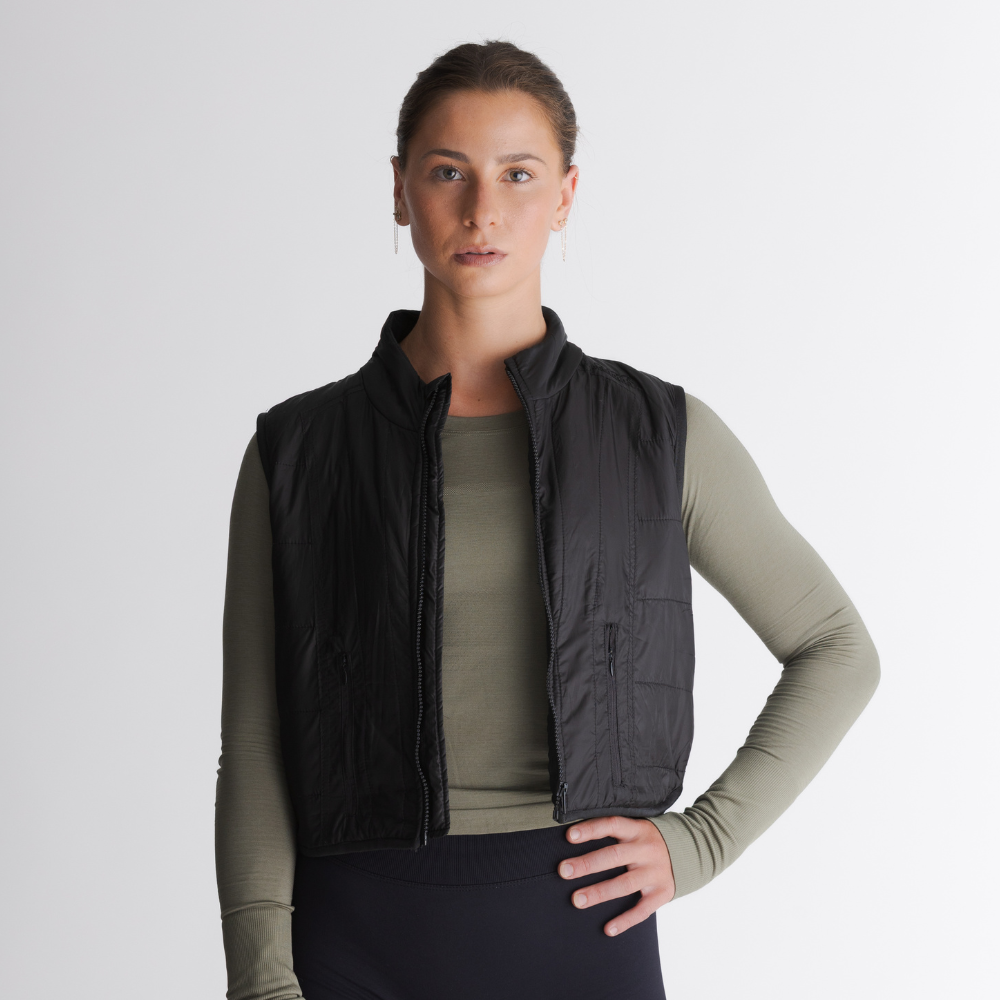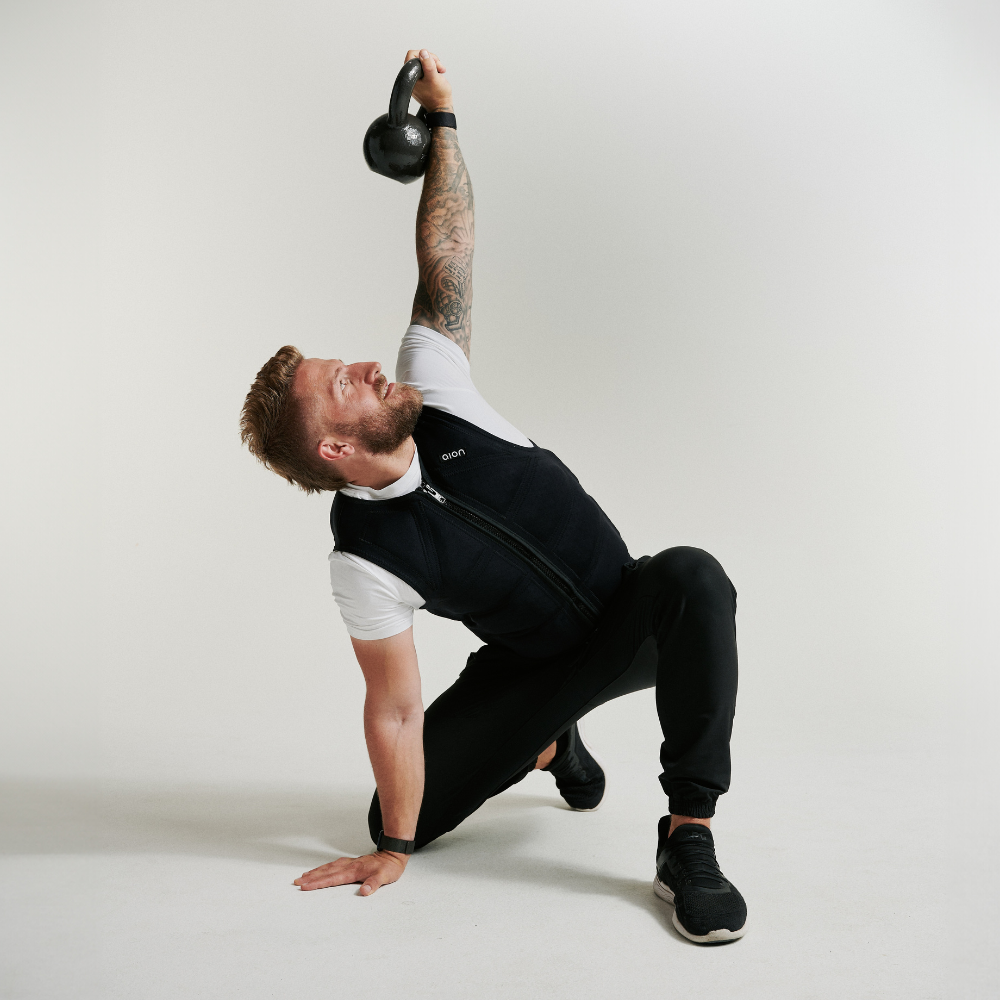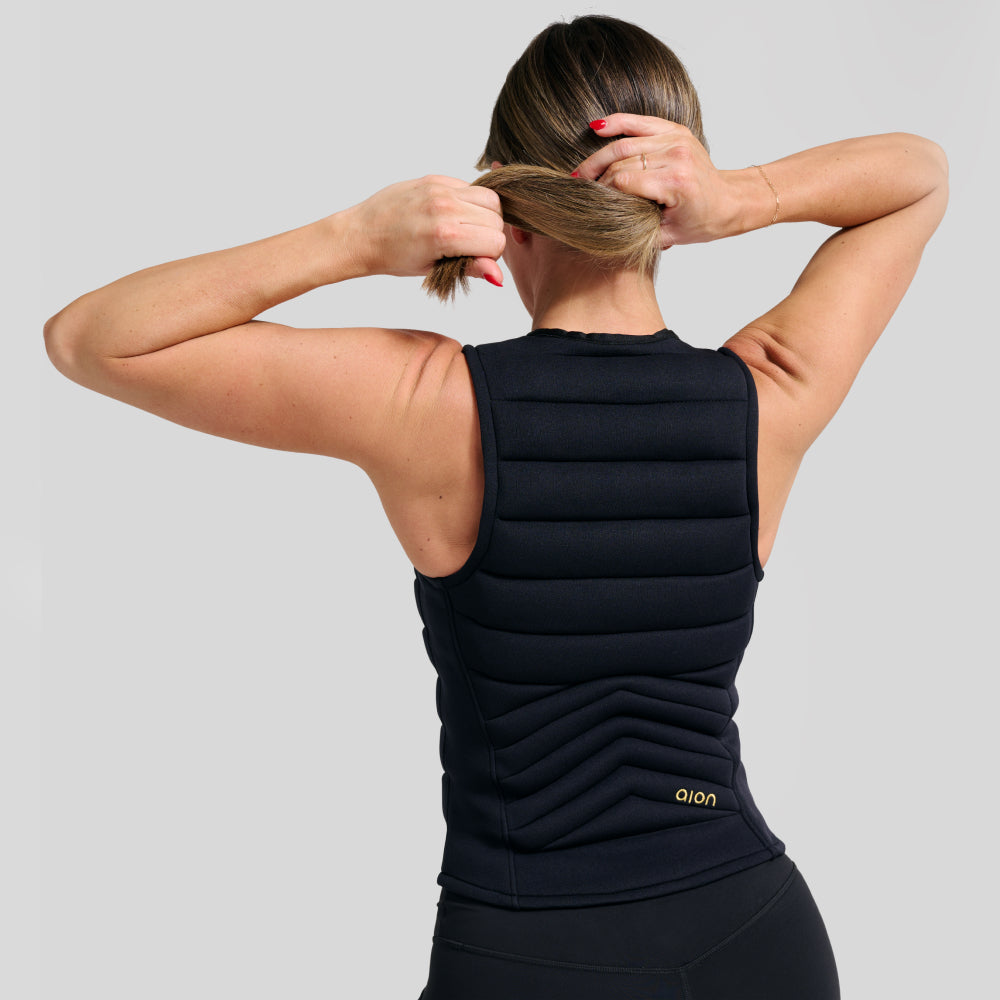According to current research, an estimated 47 million Americans have osteopenia, with women affected around four times that of men. While osteopenia is not as advanced as osteoporosis, it’s a warning sign: your bone health is declining, and you need to take action to prevent future osteoporosis.
You’ve probably heard of osteoporosis, the bone disease marked by having weak, brittle, and low-density bones. However, osteopenia is often a symptom-free condition that lies between healthy bones and osteoporosis, typically appearing around the age of 50. If you’re nearing 50 and want to protect your bones for the decades ahead, it’s best to take preventive measures today before you reach osteopenia, and especially before being diagnosed with osteoporosis.
Exercise is one of the most effective ways to do that, particularly weight-bearing strength and resistance training. These are proven methods in maintaining and increasing bone density. In this post, we’ll explore the science behind osteopenia, why the right kind of exercise is essential, and how training with an Aion weighted vest can help you protect and even rebuild your bone strength safely.
Osteopenia vs. Osteoporosis
To understand the difference, you must first be familiar with bone mineral density, or BMD. Your BMD, often diagnosed using bone scans, such as a DEXA scan, refers to the amount of calcium, phosphorus, and other minerals that are packed into your bones. According to the World Health Organization (WHO), BMD t-scores correspond to these bone health categories:
- Normal - BMD t-score above -1
- Osteopenia - BMD t-score between -1 and -2.5
- Osteoporosis - BMD t-score -2.5 and lower
Osteopenia and osteoporosis are both conditions affecting bone health. However, while osteoporosis is the red light danger zone, osteopenia is the yellow light area approaching the red zone. Osteopenia is a warning that your bones aren’t as strong as they should be. Osteoporosis is when your bones have low density and poor structure to the point that even minor falls or incidents can lead to major fractures.

Exercising with Osteopenia
So you have a BMD lower than normal levels. You are not alone. Because bone loss happens with age, almost anyone aged 50 and above can have osteopenia. The good news? Bone is a living tissue, so it can become stronger and denser by adapting to stress.
Weight-bearing and resistance activities add a healthy amount of stress to your bones, which gradually increases bone density and makes them stronger. When you perform activities like walking, stair climbing, or lifting light weights, your muscles and tendons pull on your bones. This added stress on the bones causes the creation of more bone cells, resulting in denser and stronger bones.
Weighted Vests and Osteopenia
How does a weighted vest fit in the picture? A weighted vest, like Aion, is a unique and effective way to add gentle resistance to everyday movements. This added resistance means extra stress on the bones, which strengthens them without risk of injury. A five-year study has shown that exercising with a weighted vest can help prevent bone density loss.
A weighted vest works well with osteopenia because:
It adds even load and gentle pressure.
Handheld weights or high-impact exercises can cause uneven and uncomfortable pressure points or joint strain. Weighted vests avoid this by applying a uniform, body-centered load that is sufficient for bone strengthening.
It supports muscle health, balance, and everyday function.
Weighted vests enhance core engagement and posture, helping to improve balance, stability, and functional strength—critical factors in reducing the risk of fall-related fractures.
Renowned human biologist, biohacker, and longevity expert, Gary Brecka, shared his experience with the Aion weighted vest: “The Aion Vest has become a staple in my routine. I’ve tried so many tools for optimizing health and performance, but this one really stands out. The way it delivers targeted compression and balanced weight distribution is incredible—it supports posture, recovery, and even enhances my workouts. Whether I’m training or just wearing it during the day, it feels like I’m giving my body an edge."
It is easy to use and incorporate into daily life.
Unlike exercise routines, wearing a weighted vest does not require changing your schedule. Stylish and modern vests like Aion can fit seamlessly into your lifestyle, allowing you to wear them even when going to the office or running errands.
The Science Behind Safe Movement
When you have osteopenia, every movement matters. The last thing you want is a clunky vest that pulls on your shoulders or throws off your balance, as this can lead to poor form and potential injury. This is why Aion invested in rigorous, science-backed testing to ensure its vests do exactly the opposite—they support your natural movement while still providing a beneficial challenge.
Movement Assessment
Using clinical-grade motion capture technology, Aion's vests were tested to evaluate their impact on key movements, including walking, running, and squatting. The findings showed no statistically significant difference in postures and movements performed with and without the vest. This means you can add resistance and challenge your body without compromising the natural, healthy movement patterns essential for a safe workout.
Force Plate Test Results
Aion also used force plate technology, considered the industry gold standard, to measure the forces generated during movements such as the countermovement jump. The data showed that the vest amplified forces across multiple measurements without compromising the movement. This is key for bone health, as it proves the vest provides a greater stimulus to your bones and muscles without negatively impacting your form.
Safe Exercises for Osteopenia with Aion’s Weighted Vest
The key to osteopenia exercises is to provide enough load to the bone to stimulate it, but not so much that it leads to fractures and injuries. Before starting any exercise routine or using an exercise tool like a weighted vest, consult your healthcare provider first.
1. Walking
Requiring no special equipment, walking is the easiest and most accessible form of weight-bearing exercise. Wearing a weighted vest while walking increases the load on bones without the high impact of running or jumping.
Start with a 20-minute brisk walk initially, then gradually increase to longer walking sessions as your body adapts. Ensure the vest fits snugly, and maintain an upright posture.
2. Bodyweight Strength Training
Moves like squats, lunges, wall push-ups, and step-ups strengthen both bones and muscles, particularly in areas prone to bone fractures, like the hips and spine. A weighted vest adds more resistance to these exercises without restricting your movements or straining your joints.
Depending on your fitness level, you may start doing these movements with support, like doing squats with a chair or step-ups with handrails. Prevent harming your spine by avoiding deep forward bends or twisting under load.
3. Balance and Core Training
Developing balance and strengthening core muscles helps reduce the risk of falls, which is a major cause of fractures in people with low bone density. Examples of these beneficial and safe exercises include tai chi, single-leg stands, and stability ball exercises.
Using a weighted vest that is too heavy can disrupt your balance and core mechanics, causing more harm than good. Use a weighted vest like Aion that has fractional weight, adding only the right weight and resistance based on your body size.
4. Low-Impact Cardio
Aside from walking, you can also engage in cardio exercises like cycling, jogging, and even dancing with a weighted vest, which further improves bone health without the harmful effects on the joints. Doing cardio alone can improve your heart and circulation, but it does not generate enough load on the bones to improve osteopenia.
By wearing a weighted vest during low-impact cardio, you incorporate a weight-bearing exercise component, thereby gaining the benefits of both cardio and bone health in a single workout session.
Effective and Safe Weighted Vest Use
To get the most out of your weighted vest use, consider these pro tips:
- Choose comfort and fit. Look for a snug, body-hugging vest that doesn’t bounce or shift as you move. This way, you can focus on your posture without compromising your alignment. A compression fit, exclusive to Aion’s weighted vests, is essential for maintaining a full range of motion throughout any workout.
- Stick to fractional weight. Aion’s vests are ideal because they use fractional weight, which means you’re adding a precise amount of load that is 3-5% of your body weight.
- Avoid overloading your body. While it’s tempting to add more weight and think heavier is better, this can lead to poor form and increase your risk of injury.
- Progress slowly. Only increase the intensity of your workouts with your weighted vest over time as your body adapts. Consistency is far more effective and safer than occasional workouts with a heavier vest or higher intensity.
Using Aion’s Weighted Vest for Osteopenia: The Top-Rated Weight Vest
Osteopenia isn’t the end, but a call for meaningful action. Start today with the Aion weighted vest, a simple yet powerful addition to your daily routine that supports strength, stability, and confidence in every movement.
With its comfortable fit, premium quality, and innovative design, Aion helps you take control of osteopenia before it progresses to osteoporosis. The sooner you start, the more you can do to protect your bone health for the years ahead.
Start investing in stronger bones, one movement at a time.
Disclaimer: Always consult a doctor before doing any type of exercise.


